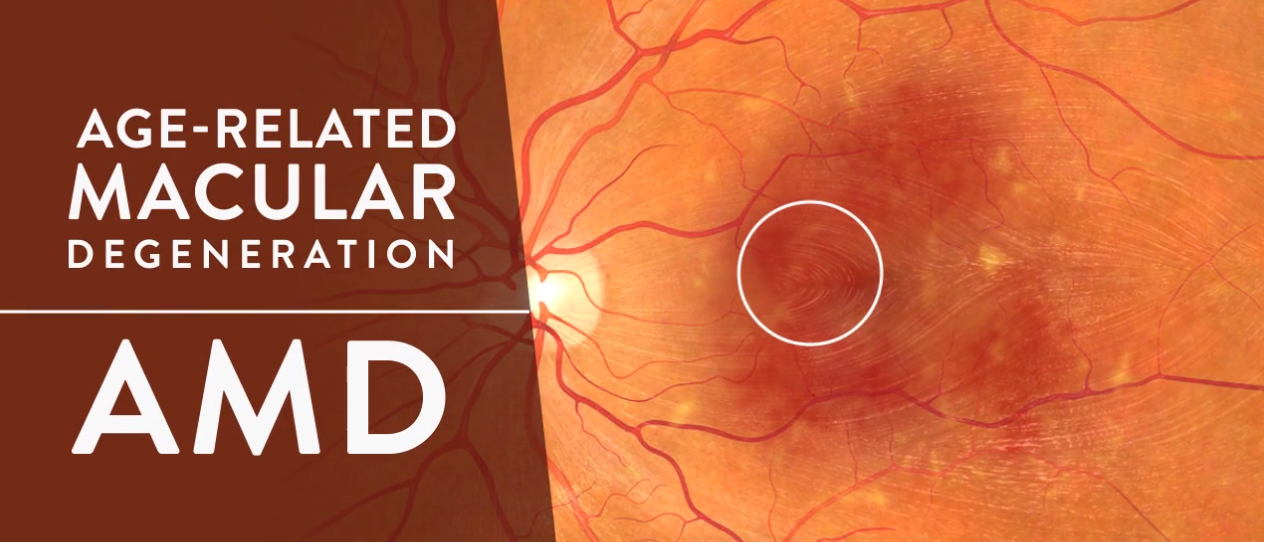Aging is synonymous with being human and with it comes a range of health concerns that impact our quality of life. One such concern is Age-Related Macular Degeneration (AMD). AMD is an eye disease that blurs central vision. As we age, damage can be applied to the macula – the part of the eye that controls the pristine, sharp, central vision.
In today’s article, we’ll demystify AMD by understanding the condition, list common risk factors and symptoms, and discuss treatment options.
What is Age-Related Macular Degeneration (AMD)?
AMD is a relatively common eye condition that leads to vision loss for older adults. It usually doesn’t cause completely blindness, instead patients with AMD lose central vision, making it harder to see faces, read, drive, or normal house chores like cooking.
As mentioned above, AMD targets the macula – the part of the retina that processes what you see directly in front of you, also known as your central vision. The macula is round in shape and is absolutely key to your vision.
Typically affecting people ages 50 and older, AMD is the leading cause of severe vision loss, though people rarely go completely blind from it. Affecting over 11 million people in the United Staes, many have no signs or symptoms, so annual vision exams are crucial in early detection.
There are two primary types of AMD:
- DRY – Dry AMD is the most common. Roughly four in five people suffering from AMD will have the dry version of the disease. Though the specific cause is unknown, studies are pointing to both genetic and environmental factors playing a role. Dry AMD occurs as the light-sensitive cells in the macula begin to deteriorate and break down. Typically, this will begin in one eye. Vision loss with dry AMD is generally slow and progresses gradually. Currently there are no specific treatments for dry AMD.
- WET – Though significantly less common, wet AMD leads to more severe cases of vision loss in AMD patients. AMD is classified in three main stages: early, intermediate, and late. Any stage of dry AMD can convert into wet AMD, but all forms of wet AMD are late stage. Wet AMD occurs when abnormal blood vessels begin to grow in the back of the eye, damaging the macula. The good news is there are treatment options available for wet AMD.
Symptoms of AMD
In the early stages of AMD, little to no symptoms are present. As AMD progresses far enough blurry vision, difficulty recognizing faces, straight lines appearing wavy, a dark area in the center of vision, or loss of central vision completely may occur.
The most common early-stage sign of AMD is the presence of drusen, tiny yellow deposits in the retina. Only your eye doctor can diagnose this condition during your routine annual eye exam.
Am I at Risk for AMD?
Risk factors for Age-related Macular Degeneration include:
- Age – Typically AMD does not begin to develop until the patient has reached their 50s.
- Diet – Diets high in saturated fat can increase the risk of developing AMD.
- Smoking – A common theme amongst our blog posts, smoking greatly increases the risk of developing AMD.
- Family History – If you have a family history of AMD, it is crucial to have annual check-ups to monitor your eye health.
Can I lower my risk of developing AMD?
Research has shown that you may be able to lower your risk of developing AMD. First, stop smoking, or just don’t start smoking at all. Regular physical activity helps promote blood flow which can reduce your risk of developing AMD. Maintaining healthy blood pressure and cholesterol levels as well as eating healthy foods such as leafy greens and fish can also reduce the risk of developing AMD.
Treatment for AMD
A specific treatment plan will be developed by your doctor depending on a variety of factors such as your age and the extent of the disease when discovered. Currently there is no medical treatment for dry AMD, though your doctor may prescribe a vision rehabilitation program to help you adjust to living with AMD.
The main treatment for wet AMD is the direct injection of medicine called anti-VEGF. Anti-VEGF helps stop the bleeding and leaking from the blood vessels in the back of your eye. These injections will need to be frequent, typically as often as monthly, as they only work for a short period of time.
Conclusion
AMD is actively being researched, but there are ways to reduce the risk and impact of AMD on your life. AMD is more than just an aging issue – it is a condition that requires awareness, prevention, and proper management.
Schedule your regular, routine eye exam today to ensure your eyes remain healthy and clear.


